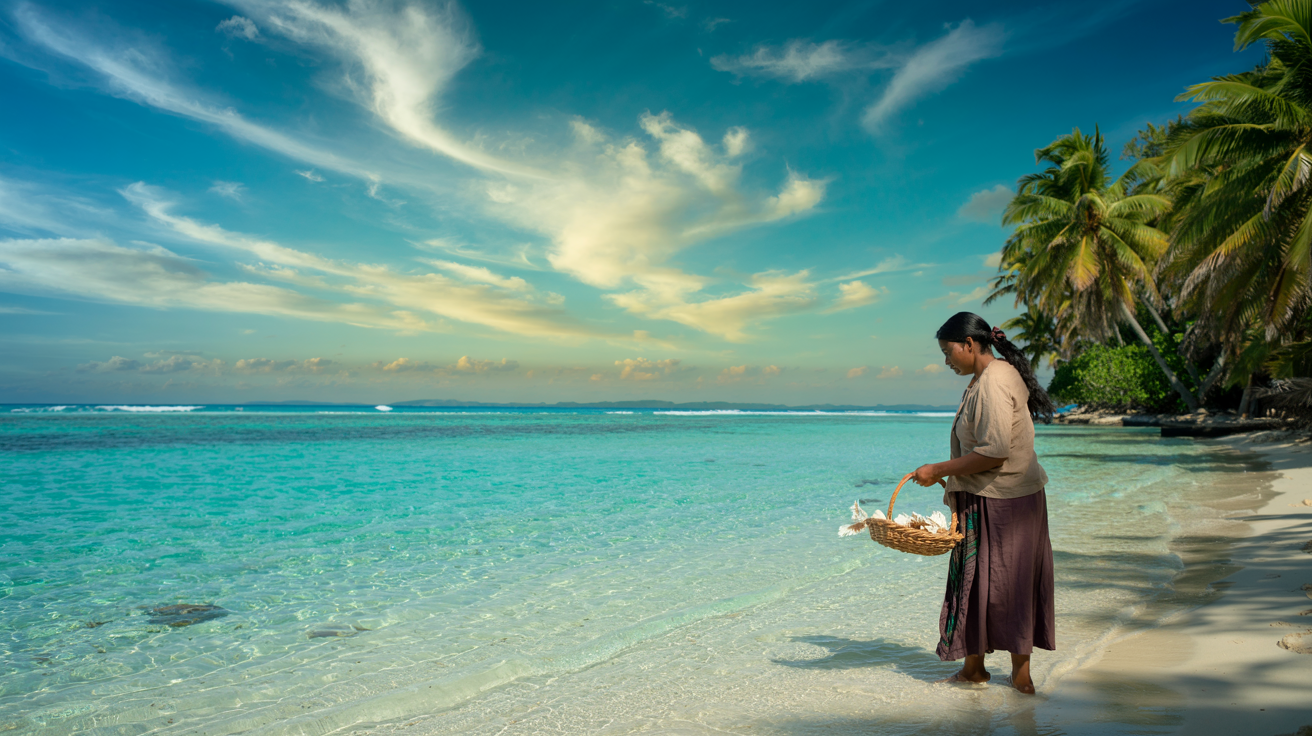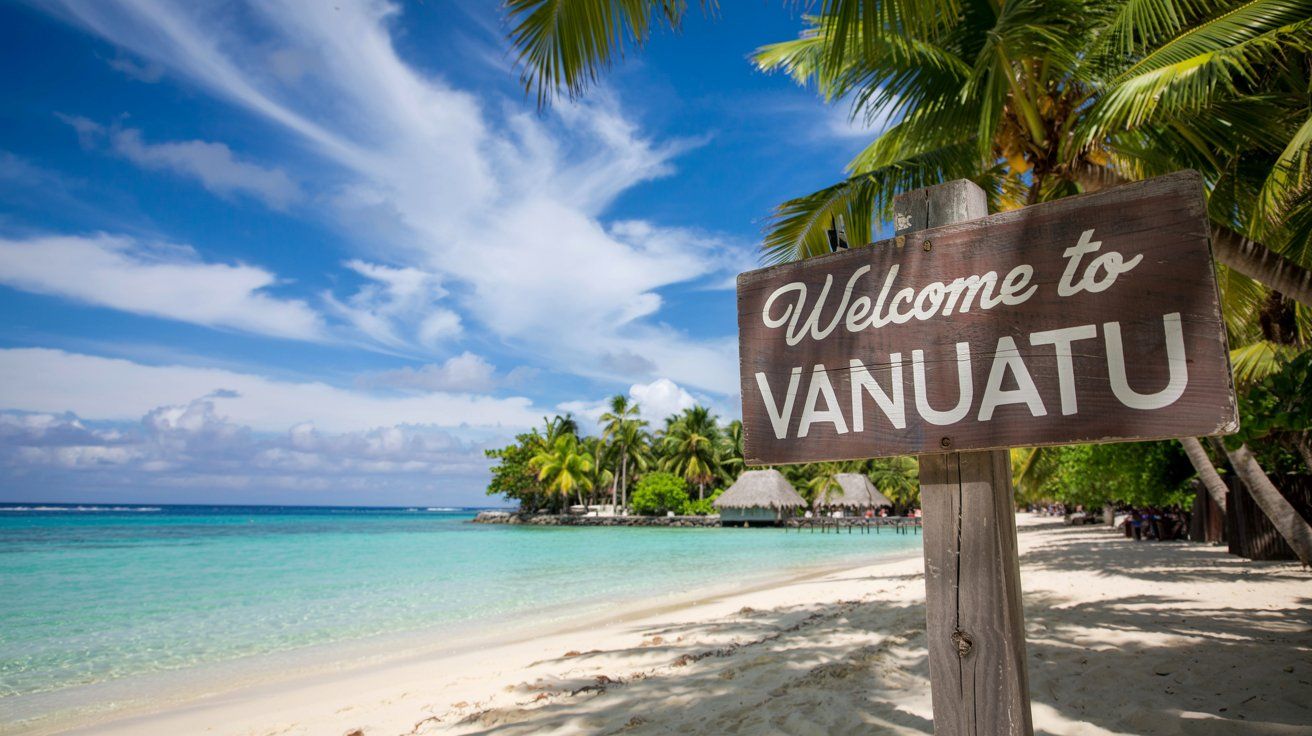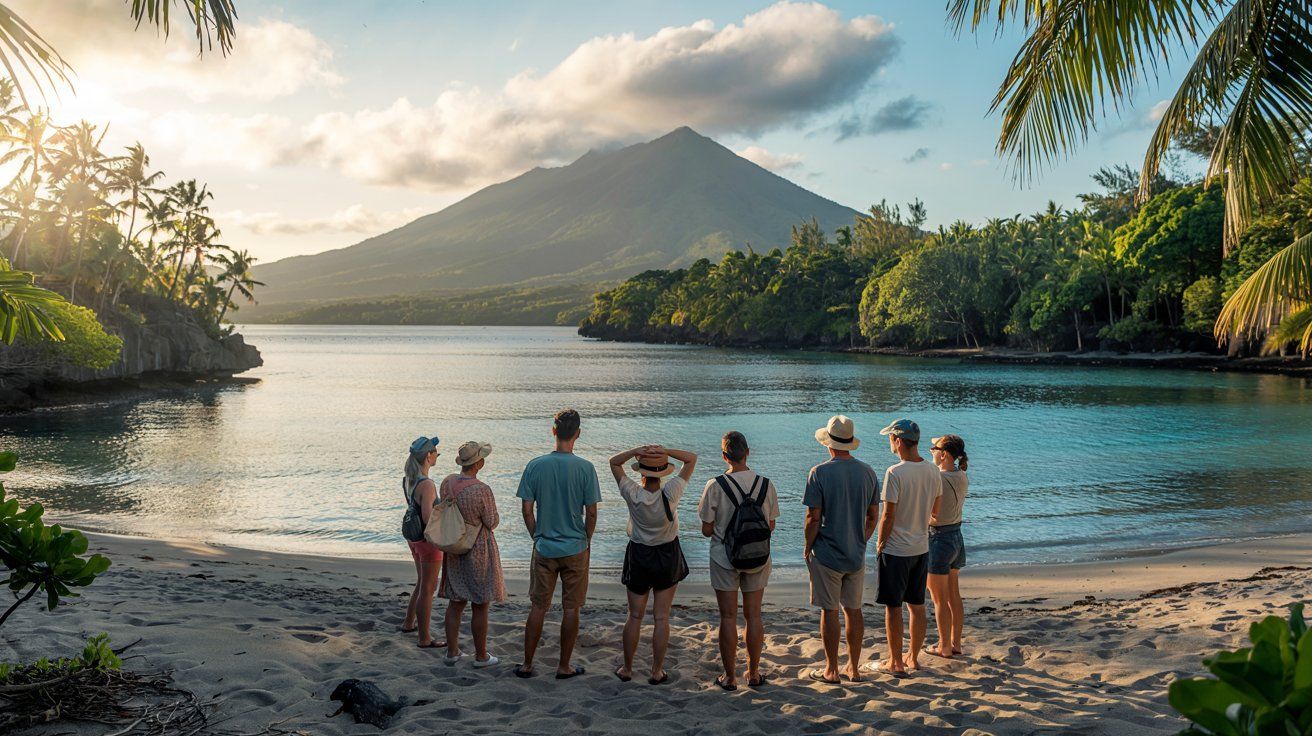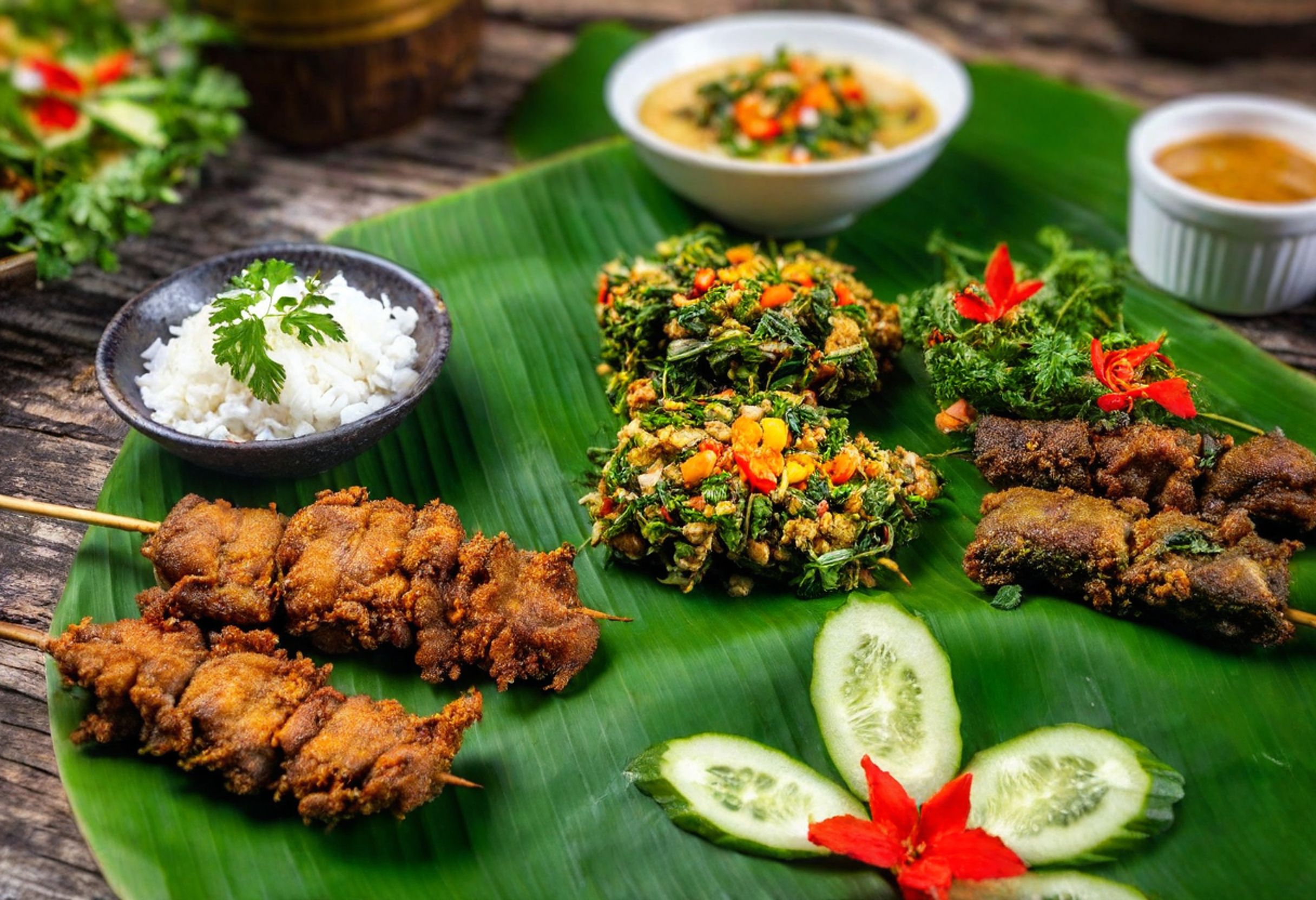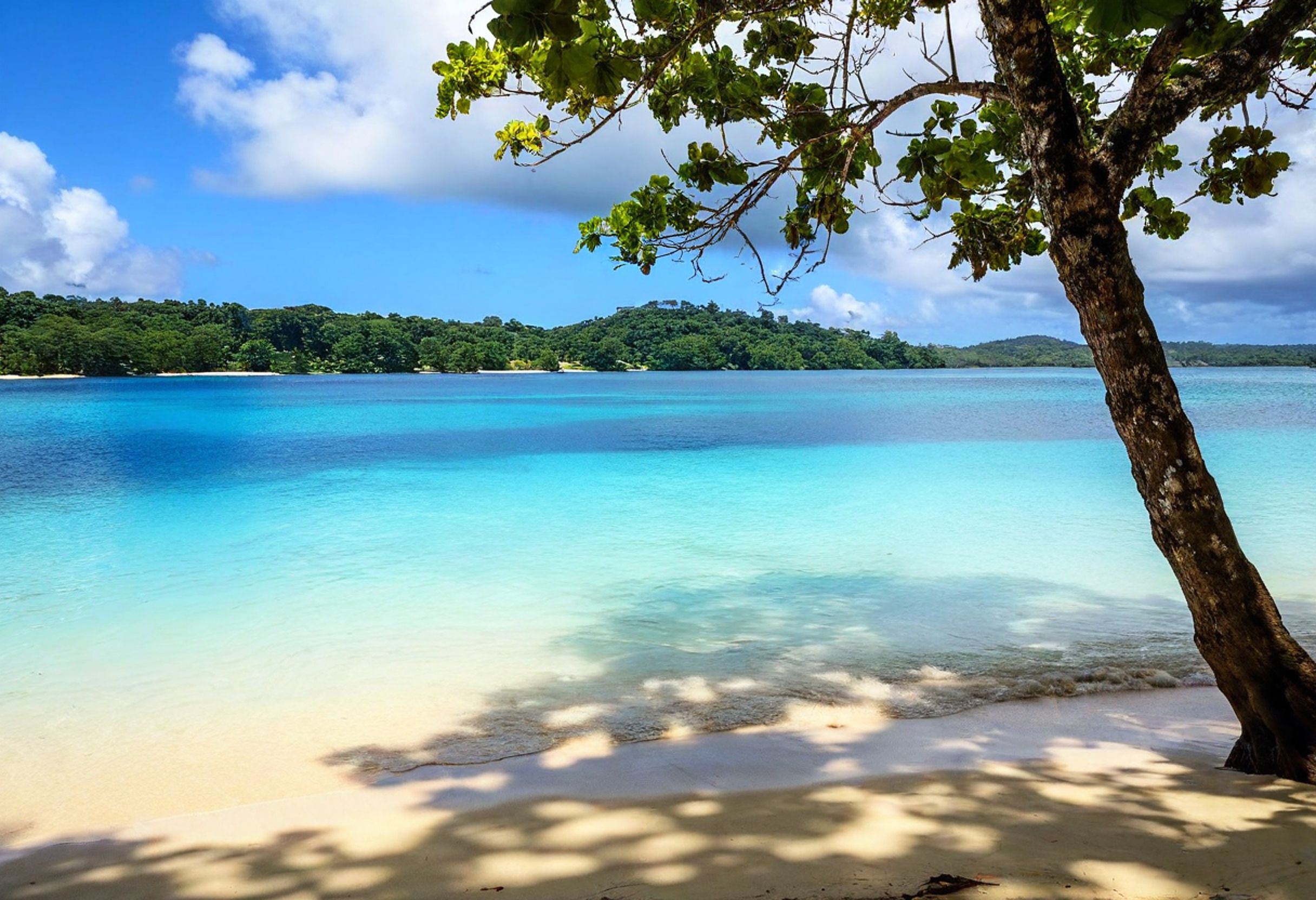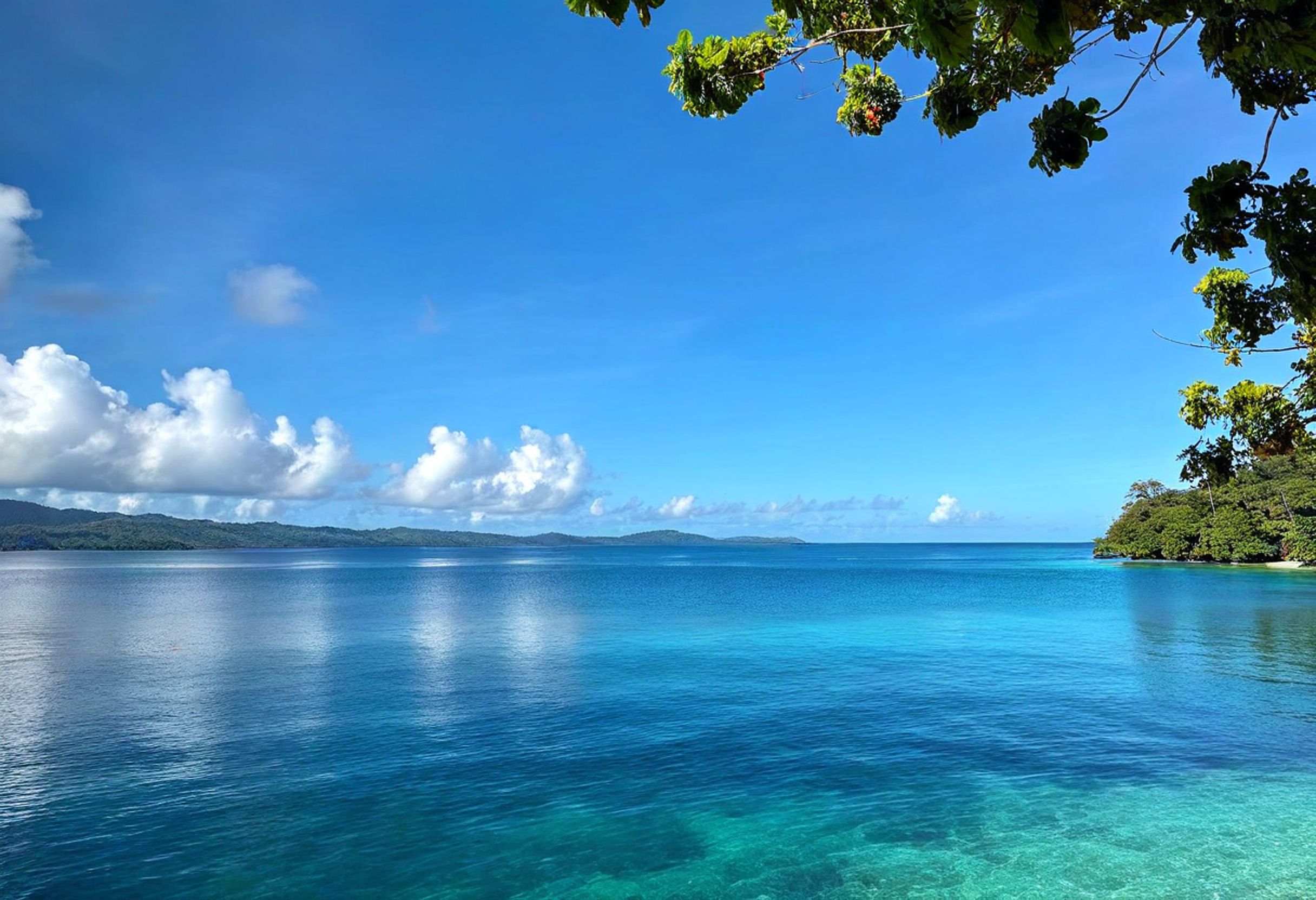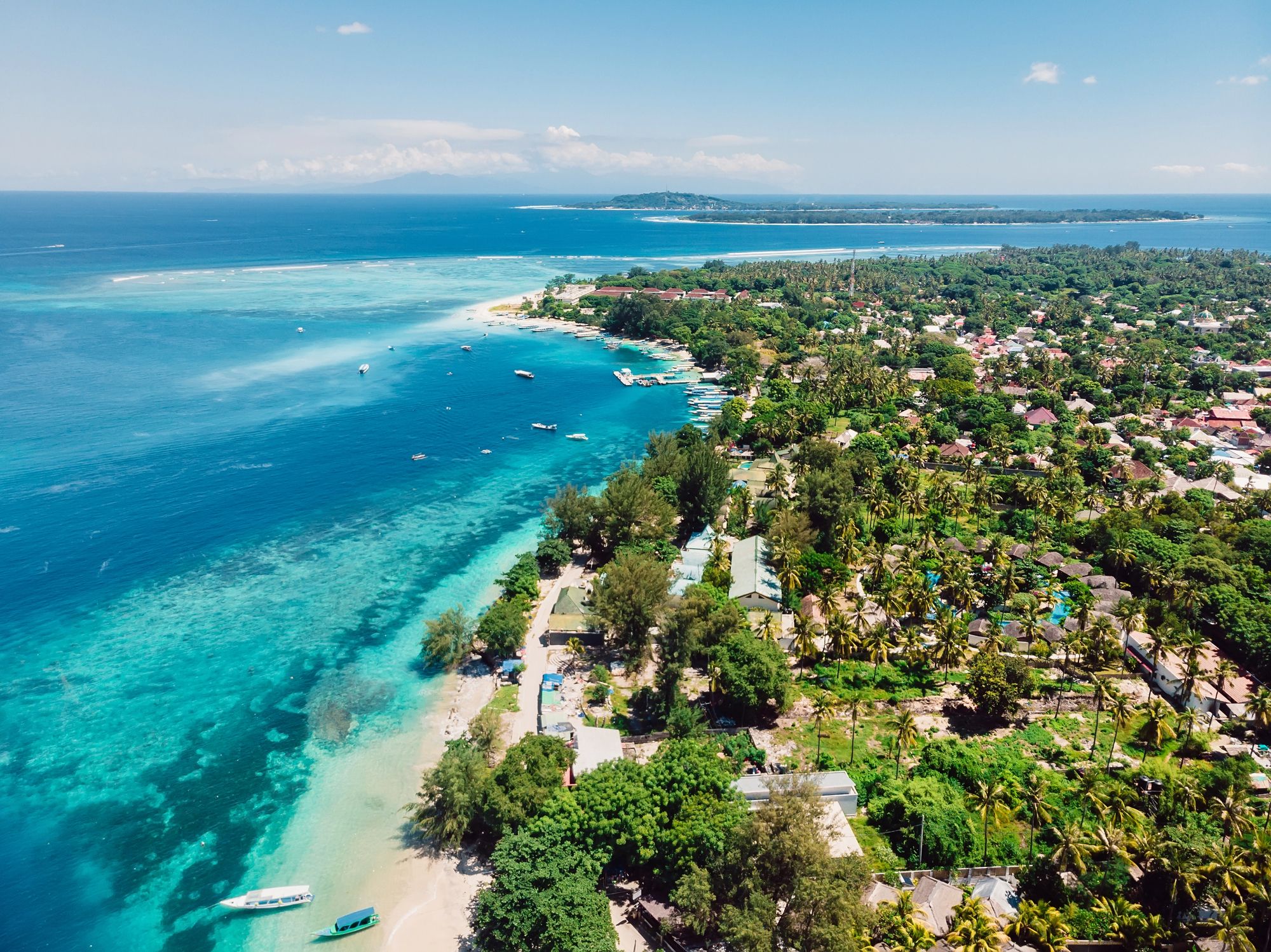In the aftermath of Cyclone Gita’s devastating impact, Tonga has extended its State of Emergency for an additional four weeks. The powerful storm struck the islands of Tongatapu and ‘Eua, leaving significant destruction in its wake and forcing many families to seek shelter in evacuation centers. While neighboring Vanuatu was spared the direct hit, Tonga’s Prime Minister ‘Akilisi Pohiva determined that continued emergency measures were necessary to address the ongoing recovery needs.
The cyclone initially prompted Tongan officials to declare a state of emergency before the storm made landfall on February 12, 2018. Now, a month later, the extended emergency period reflects the extensive damage and disruption caused by Gita. According to disaster officials, 15 families remain in five evacuation centres as recovery efforts continue across the affected islands.
From overwater bungalows to beachfront resorts, find your perfect stay in this island nation of more than 80 islands. Instant booking with best price guarantee!
Browse Accommodations Now
The regional impact of Cyclone Gita extended beyond Tonga, with Samoa experiencing widespread flooding and power outages that forced the evacuation of approximately 200 people. The coordinated emergency response throughout the Pacific highlights the vulnerability of island nations to severe weather events and the importance of sustained disaster management protocols in the recovery phase.
Impact of Cyclone Gita on Vanuatu and Tonga
Cyclone Gita devastated parts of the South Pacific in February 2018, causing widespread destruction across multiple islands. The category 4 severe cyclone brought powerful winds and heavy rainfall, with Tonga bearing the brunt of the damage while Vanuatu experienced more minor effects.
Emergency Measures and Evacuation
Tonga declared a state of emergency ahead of Cyclone Gita’s arrival, implementing emergency protocols to protect residents. Authorities established evacuation centers in churches, schools, and community buildings across Tongatapu and ‘Eua islands, which helped reduce casualties despite the storm’s intensity.
The cyclone resulted in two deaths and over 400 injuries in Tonga. Government officials worked with international aid organizations to coordinate rescue operations in flood-affected areas.
In Vanuatu, early warning systems alerted coastal communities to prepare for potential storm surges. Residents in low-lying areas moved to higher ground temporarily. The country’s previous cyclone experiences had improved their disaster preparedness systems.
Food and water supplies were quickly distributed to evacuation centers, though shortages emerged in isolated communities cut off by landslides and flooding.
Damage to Infrastructure and Housing
The physical destruction in Tonga was extensive. Assessments indicated that 2,020 houses were damaged and 327 totally destroyed. Public buildings suffered significant damage, including the historic Parliament House in Nuku’alofa.
Power infrastructure collapsed across Tongatapu, leaving most residents without electricity for weeks. Water systems were compromised, creating sanitation concerns in densely populated areas.
Roads became impassable due to debris and flooding, hampering initial relief efforts. Critical facilities like hospitals operated on generator power during the emergency phase.
In Vanuatu, damage was considerably less severe with only minor structural impacts reported in some coastal villages. The country’s building codes, strengthened after previous cyclones, proved effective in minimizing destruction.
Economic Impact and Recovery Efforts
The financial toll on Tonga was staggering, with total damage estimated at 38% of GDP. Agriculture suffered heavily as crops were destroyed and livestock lost.
Tourism, a vital economic sector, experienced immediate downturns as visitors canceled trips. Hotels and resorts faced costly repairs to damaged facilities.
International donors pledged significant aid packages to support recovery. The World Bank and Asian Development Bank provided loans and grants for rebuilding critical infrastructure.
Long-term recovery efforts focused on “building back better” with more resilient structures designed to withstand future storms. Community-based disaster risk reduction programs were expanded to improve local response capabilities.
Vanuatu offered regional support despite having its own recovery needs from previous weather events. Total damage from Gita across all affected nations exceeded US$252 million, making it one of the costliest Pacific cyclones in recent years.
Climate Change and Disaster Preparedness
The devastating impact of Cyclone Gita has highlighted the urgent need for enhanced disaster preparedness in Tonga and neighboring Pacific nations. Intensifying cyclones and rising sea levels present growing challenges for vulnerable island communities.
Risk Assessment and Adaptation Strategies
Pacific nations like Tonga have begun implementing comprehensive risk assessment frameworks to better predict and prepare for extreme weather events. These assessments now routinely factor in climate change projections and sea-level rise scenarios specific to the region.
Tonga’s adaptation strategies focus on three key areas:
- Infrastructure hardening: Building cyclone-resistant structures
- Coastal protection: Creating natural buffers against storm surges
- Early warning systems: Improving technology and communication networks
Following Cyclone Gita, Tongan authorities reviewed their adaptation plans to identify gaps. The nation has since aligned its disaster response frameworks with Paris Agreement commitments, emphasizing greenhouse gas emissions reduction while preparing for unavoidable impacts.
Weather monitoring stations have been upgraded across the archipelago to provide more accurate and timely data. This network improvement helps predict weather patterns that may signal approaching disasters.
Investment in Resilience and Sustainable Development
Tonga has increased its budget allocation for climate resilience by 15% since the TC Gita recovery period, recognizing that damages from the cyclone reached approximately 38% of the nation’s GDP. This funding supports both immediate recovery and long-term protection.
International partnerships have emerged to support these efforts:
| Partner | Focus Area | Timeline |
|---|---|---|
| World Bank | Infrastructure | 2018-2025 |
| ADB | Energy Resilience | 2019-2026 |
| UN | Community Programs | 2018-2023 |
The government has integrated Sustainable Development Goals into its disaster preparedness plans, particularly SDG 13 (Climate Action) and SDG 11 (Sustainable Cities and Communities). These frameworks guide investments in renewable energy and climate-smart agriculture.
Innovation in building materials and construction techniques has been prioritized to ensure new developments can withstand future cyclones of Gita’s magnitude or stronger.
Engaging the Community and Local Knowledge
Tongan officials recognized that rapid recovery efforts after Cyclone Gita were most effective when they incorporated community participation and indigenous knowledge. Local leaders now play essential roles in disaster planning committees.
Traditional knowledge about weather patterns, passed down through generations, has been formally documented and integrated with modern meteorological data. This approach honors cultural heritage while strengthening preparedness.
Community-based early warning systems have been established, with designated community members trained to:
- Monitor local conditions
- Operate communication equipment
- Guide evacuation procedures
Women’s empowerment initiatives ensure diverse perspectives inform disaster planning. Female representation on emergency committees has increased from 12% to 37% since 2018.
Regular community drills practice emergency procedures, focusing on protecting vulnerable populations. These exercises build confidence and refine evacuation routes based on feedback from participants.
Find available hotels and vacation homes instantly. No fees, best rates guaranteed!
Check Availability Now

